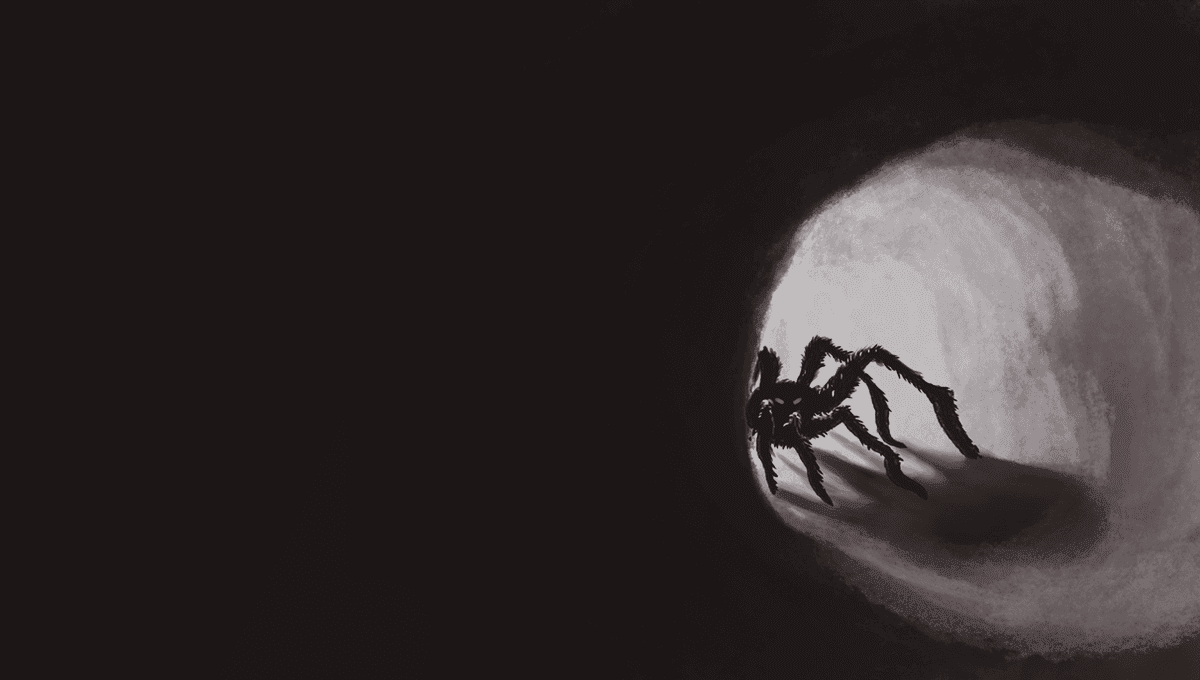
Caves have always been home to the weirdest and most bizarre members of the animal kingdom. Owing to their unique environmental properties of being largely dark, wet and sometimes humid, this has given rise to a whole host of funky critters, adapted to living in low light and these tricky conditions by convergent evolution. Now, joining the ranks of the cave creatures, seven new troglobitic species of spider in the genus Tegenaria have been discovered in the caves of Israel. Of the seven new species that have been found, five of them have reduced eyes, while the other two species are completely blind.
By exploring the cave systems in Israel, the team from the Hebrew University of Jerusalem and University of Wisconsin-Madison discovered the seven new spider species. They were surprised to learn that the new species are more closely related to species found in caves in the Mediterranean in southern Europe, than to the species living right next to them in the same cave entrances in Israel.
“In many cases, these adaptations will lead to the creation of new species, whose distribution is geographically limited in areas with unique ecological conditions, such as a single cave or a system of connected caves,” explains doctoral student Shlomi Aharon, who led the study, in a statement.
In the sampling process, the caves were split into four different ecological zones: outside the cave; the cave entrance; and twilight and dark zones. Different species can reside and adapt differently to the conditions in each of those areas. The team wanted to understand the relationship between the spiders with eyes that typically live in the cave entrance zone and those that are eye-reduced, often found deep in the dark at the back of the caves.
By visiting around 100 caves from 2014-2022, the team studied around 200 individual spiders. Thirty of the caves were found to contain Tegenaria species. In 26 of these caves, the team found troglophilic species – species that have populations living both over- and underground in Israel.
In 10 caves, both troglophilic and troglobitic Tegenaria were found, sometimes even sharing the same location within one cave. While these spiders looked similar, they had differences in eye reduction and pigmentation that made the team question whether they were the same species or different ones.
“In this study we sought to understand the evolutionary relationships between funnel web spiders (Agelenidae, Tegenaria) with normal eyes that are found at the entrance to the caves in Israel, and those that are deep in the cave and are pigmentless, eye-reduced and even completely blind,” continued Aharon.
By studying the DNA of the spiders, the team found that all troglobitic Tegenaria species found in Israel are part of a clade of spiders distantly related to the troglophilic species found at the cave entrances. The team concluded that their analysis revealed that the new Israeli troglobitic Tegenaria species are more closely related to spiders from the eastern Mediterranean than to the other species sharing the same caves. They also suggest that the species evolved from an ancestor that lived outside of caves and may have gone extinct due to historical climate change that happened in the area.
“We must protect Israel’s unique nature, preserve its underground systems for the future and further explore the processes that created these systems in the country,” said Professor Dror Hawlena from the Department of Ecology, Evolution and Behavior at the Hebrew University of Jerusalem.
The paper is published in Molecular Phylogenetics and Evolution.
Source Link: Seven New Species Of Cave-Dwelling Funnel-Web Spiders Discovered In Israel